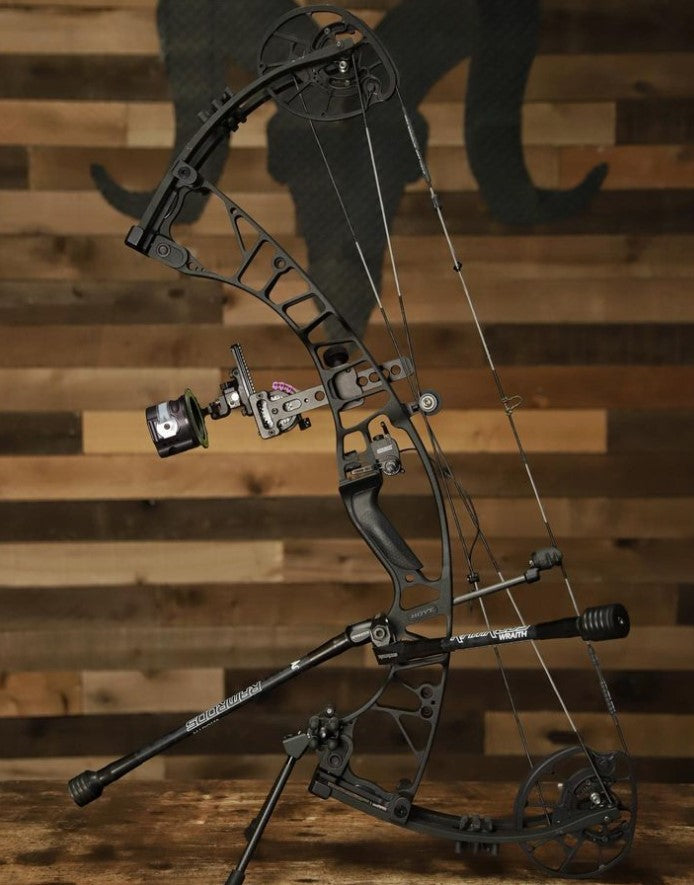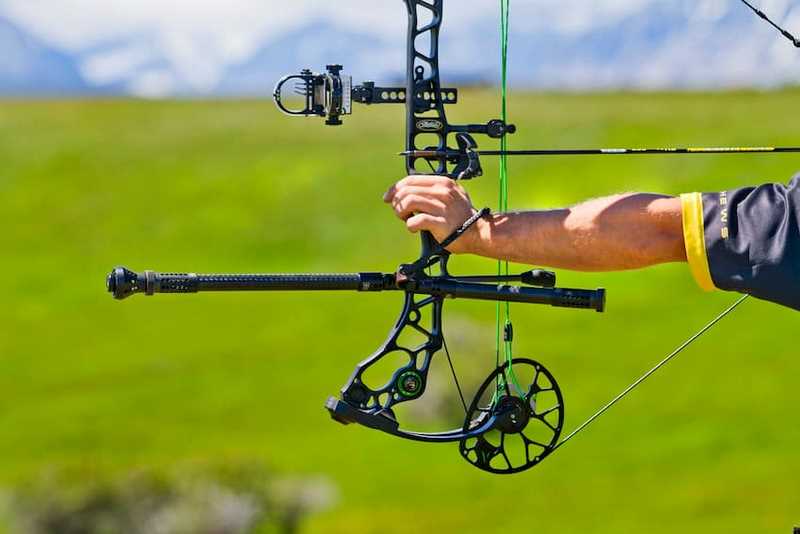Checking Out Archery Stabilizers: Discovering the Perfect Fit
Checking Out Archery Stabilizers: Discovering the Perfect Fit
Blog Article
Master the Art of Archery: Recognizing the Relevance of a Stabilizer in Your Arrangement
Whether one is a skilled archer or simply starting their journey, the importance of a stabilizer in their arrangement can not be overemphasized. By comprehending the advantages of utilizing a stabilizer, thinking about the best elements when selecting one, and correctly mounting and adjusting it, archers can elevate their skills to brand-new elevations.
The Role of a Stabilizer in Archery
A stabilizer plays an essential role in archery by enhancing equilibrium and minimizing vibrations during the shot. When an archer draws the bowstring and launches it, there is a transfer of power that can cause the acquiesce shake. These vibrations can adversely impact the precision of the shot. A stabilizer helps to combat these vibrations by absorbing and dissipating the power.
One of the major advantages of a stabilizer is its capacity to enhance balance. The weight of the stabilizer aids to disperse the weight equally, reducing the pressure on the archer's arm and improving stability.
In addition to balance, a stabilizer likewise helps to reduce torque. The weight and design of a stabilizer counteract this rotation, making certain an extra precise and regular shot.
Benefits of Making Use Of a Stabilizer
The usage of a stabilizer in archery uses various benefits that boost an archer's efficiency and total shooting experience. To start with, a stabilizer aids to lessen the resonances produced upon launch of the arrowhead. These vibrations can create the acquiesce torque or twist, causing incorrect shots. By taking in and wetting these resonances, the stabilizer improves the stability of the bow, enabling even more exact and regular shots.
Secondly, a stabilizer helps to stabilize the bow by including weight to the front end. This weight distribution counteracts the natural tendency of the bow to tip ahead upon release, minimizing the amount of motion and enhancing the archer's ability to maintain purpose on target.

Last but not least, a stabilizer can also function as a shock absorber, lowering the shock and recoil experienced upon release. This not only boosts the convenience of shooting however also decreases the threat of injury or stress on the archer's body.
How a Stabilizer Improves Accuracy
Enhancing the precision of an archer's shots, a stabilizer plays an important role in improving general performance. archery stabilizer. By adding stability to the bow, a stabilizer aids lessen the undesirable movement and resonance that can take place throughout a shot. This reduction in activity enables the archer to maintain a consistent aim, leading to more precise and constant shots

In addition, a stabilizer assists to moisten vibrations that take place upon launch. These resonances can create the acquiesce shake, impacting the arrow's trajectory and precision. By taking in and dissipating these vibrations, a stabilizer helps to preserve the bow's security and guarantee a accurate and smooth shot.
Furthermore, a stabilizer can also aid in balancing the weight distribution of the bow (archery stabilizer). By including weight to the front of the bow, a stabilizer helps to balance the weight of accessories, such as quivers or sights, which may be affixed to the bow. This well balanced weight distribution assists the archer maintain a steady and controlled capturing position, bring about boosted accuracy
Factors to Think About When Picking a Stabilizer
When selecting a stabilizer for your bow, it is important to think about numerous elements that will contribute to its overall performance and viability for your individual capturing style. The very first aspect to think about is the size of the stabilizer.
An additional aspect to think about is the weight click for source of the stabilizer. The weight of the stabilizer can influence the equilibrium of your bow.
Furthermore, it is essential to take into consideration the design and construction of the stabilizer. Some stabilizers have flexible features, such as flexible length or flexible weights, which permit you to personalize the stabilizer to your certain requirements. The materials utilized in the building of the stabilizer can additionally affect its performance. Carbon fiber stabilizers are light-weight and resilient, while light weight aluminum stabilizers provide a balance between weight and rigidity.
Various stabilizers may function far better for particular shooting styles, such as target shooting or hunting. It is suggested to consult with skilled archers or specialists to determine which stabilizer will best match your individual requirements.
Tips for Appropriately Setting Up and Readjusting a Stabilizer
Proper installation and change of a stabilizer is vital for maximizing its performance and guaranteeing ideal capturing accuracy. When setting up a stabilizer, it is necessary to comply with a few crucial actions to guarantee its performance. Establish the appropriate length of the stabilizer based on your shooting style and choices. Longer stabilizers supply even more stability however can be much less maneuverable, while much shorter stabilizers provide enhanced ability to move yet may sacrifice security. Once you have actually chosen the proper size, attach the stabilizer to the bow utilizing the supplied placing hardware. Ensure that the stabilizer is safely secured and aligned with the bow's riser.
After installing the stabilizer, it is necessary to make adjustments to attain the desired balance and shot consistency. Start by adjusting the weight circulation along the stabilizer. This can be done by including or removing weights from the stabilizer's weight system. Trying out various weight configurations to find the equilibrium that functions best for you. In addition, consider changing the angle of the stabilizer to tweak the shot. A mild onward or backward tilt can influence the bow's read the article balance and just how it reacts throughout the shot.

Final Thought
In conclusion, a stabilizer plays a vital duty in archery by improving precision and lowering bow torque. When selecting a stabilizer, aspects such as weight, size, and product should be thought about to satisfy specific find more info requirements.
Additionally, a stabilizer can additionally assist in balancing the weight circulation of the bow. By including weight to the front of the bow, a stabilizer helps to stabilize the weight of accessories, such as quivers or views, which may be connected to the bow. Some stabilizers have adjustable functions, such as adjustable size or flexible weights, which permit you to customize the stabilizer to your particular demands. Carbon fiber stabilizers are lightweight and durable, while light weight aluminum stabilizers supply an equilibrium in between weight and rigidness.
Longer stabilizers supply more security however can be less maneuverable, while much shorter stabilizers offer boosted ability to move however may give up security.
Report this page